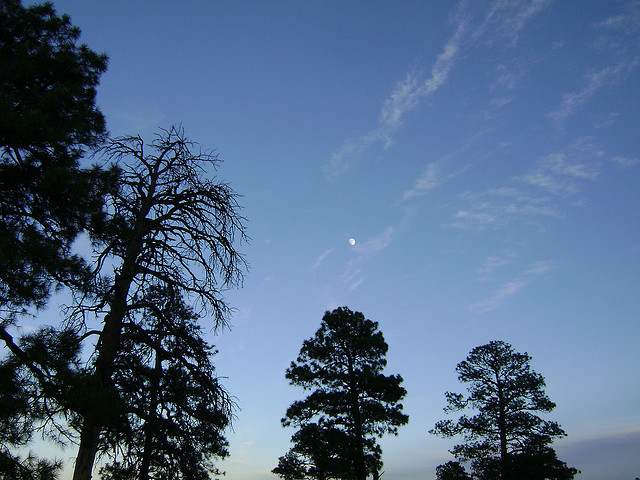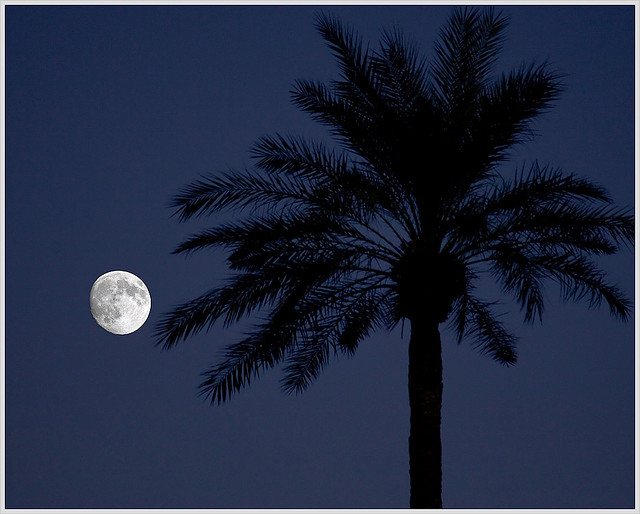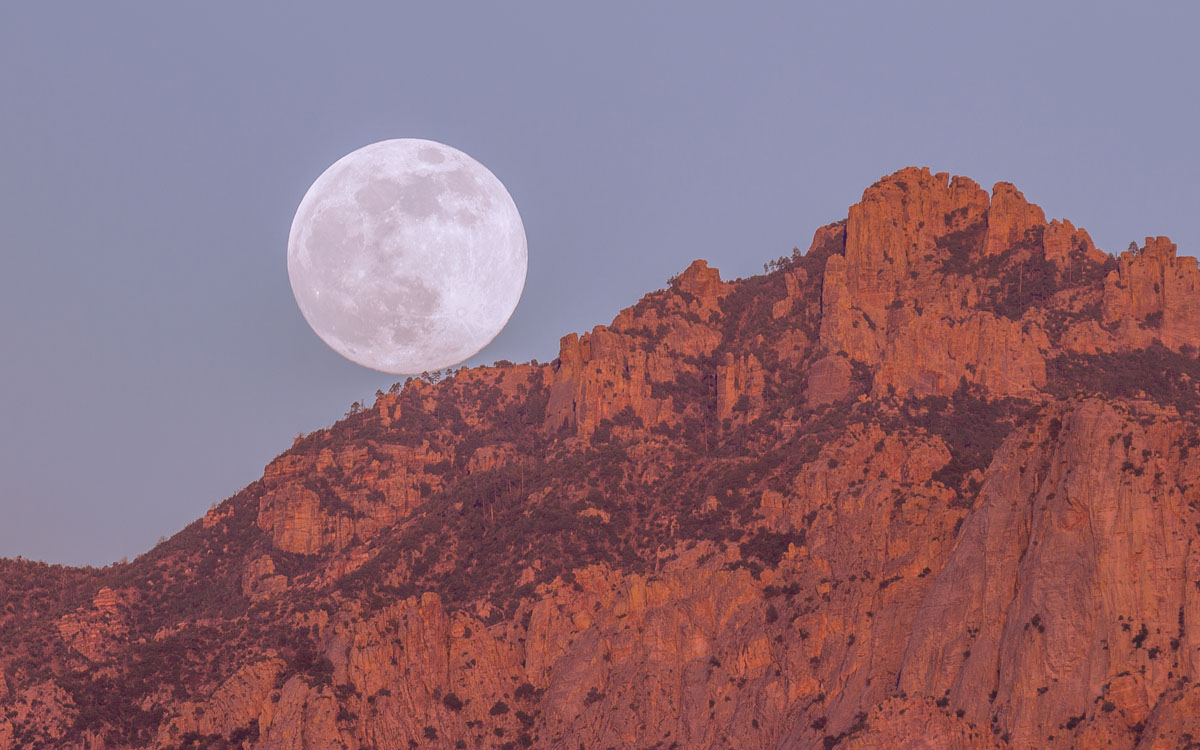It looks like you're using an Ad Blocker.
Please white-list or disable AboveTopSecret.com in your ad-blocking tool.
Thank you.
Some features of ATS will be disabled while you continue to use an ad-blocker.
share:
a reply to: OccamsRazor04
I hear GM spent several months testing that Silverado before putting it on sale. If the previous models worked what reason would they have for testing the new one? Clearly that means the Chevy Silverado is a hoax.
I hear GM spent several months testing that Silverado before putting it on sale. If the previous models worked what reason would they have for testing the new one? Clearly that means the Chevy Silverado is a hoax.
a reply to: Tekaran
Lots of members are photographers so here is a good example of what effect lens focal length can have.
The 2 pictures below are taken with different focal lengths and the photographer moved position to keep the statue approx the same size in both images but look at the church.

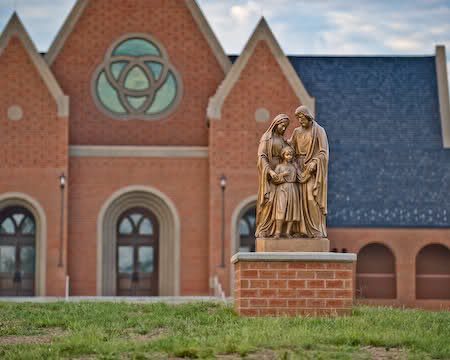
That's why people with no understanding of photography get fooled by people peddling BS about NASA and the Apollo missions. It's the same with no stars in pictures due to exposure settings, direction of shadows and all the other comments the uneducated make.
Lots of members are photographers so here is a good example of what effect lens focal length can have.
The 2 pictures below are taken with different focal lengths and the photographer moved position to keep the statue approx the same size in both images but look at the church.


That's why people with no understanding of photography get fooled by people peddling BS about NASA and the Apollo missions. It's the same with no stars in pictures due to exposure settings, direction of shadows and all the other comments the uneducated make.
a reply to: captainpudding
i hear that the UK govt test children from 6 to 16 every year
if previous children made it to adulthood - what reason would they have for testing new children
children are a hoax
i hear that the UK govt test children from 6 to 16 every year
if previous children made it to adulthood - what reason would they have for testing new children
children are a hoax
a reply to: ignorant_ape
I heard this lady had 3 kids. If she really did have kids, why would she all of a sudden stop. Must be a hoax.
I heard this lady had 3 kids. If she really did have kids, why would she all of a sudden stop. Must be a hoax.
a reply to: Vechthaan
It's not just focal length it's also format size. For example the Hasselblad cameras used on the Moon are medium format the film size is larger than that used in 35mm SLR cameras or the size of a sensor in a full frame DSLR (sensor is the size of a 35mm negative) here are film sizes
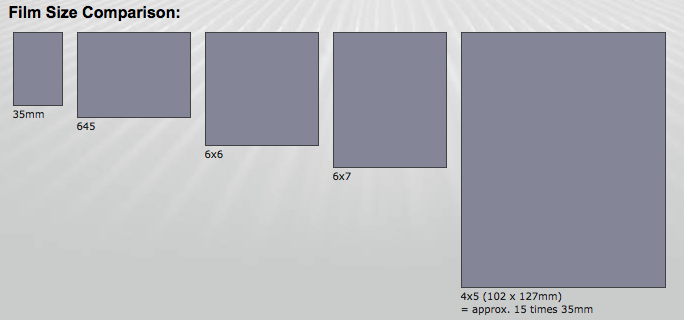
Sensor sizes
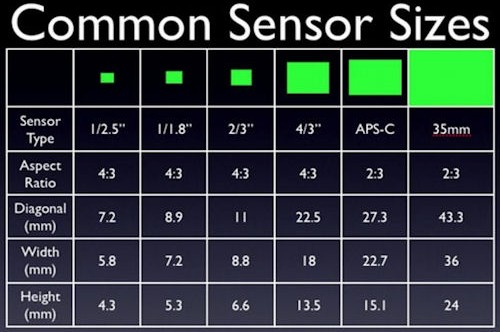
Standard focal length lens on 35mm/full frame DSLR would be 50mm on a Hasselblad it's 80mm.
Digital cameras have a thing called crop factor the smaller the sensor the larger zoom range can be achieved for example the Nikon P900 has an 83x zoom range the actual focal length of it's lens is 4.3 -375mm it's 35mm equivalent is 24-2000mm.
So it's not as simple as saying every image should look the same lots of factors have to be considered that's why BS can be promoted as truth on certain websites.
It's not just focal length it's also format size. For example the Hasselblad cameras used on the Moon are medium format the film size is larger than that used in 35mm SLR cameras or the size of a sensor in a full frame DSLR (sensor is the size of a 35mm negative) here are film sizes

Sensor sizes

Standard focal length lens on 35mm/full frame DSLR would be 50mm on a Hasselblad it's 80mm.
Digital cameras have a thing called crop factor the smaller the sensor the larger zoom range can be achieved for example the Nikon P900 has an 83x zoom range the actual focal length of it's lens is 4.3 -375mm it's 35mm equivalent is 24-2000mm.
So it's not as simple as saying every image should look the same lots of factors have to be considered that's why BS can be promoted as truth on certain websites.
originally posted by: stonerwilliam
I think i remember reading that the nearest and farthest the Earth should look from the moon is 40 something % and 55 %
of the total view that you can see from the moon , the Earth being 6 times bigger
en.wikipedia.org...
Forgot this picture

a reply to: ignorant_ape
First and third pics are from the 60/70s whilst the second is from around 2015. Camera technologies and image processing having moved on somewhat, it gives the appearance of the second picture being fake given the differences in quality and focus regarding the other two.
As to the caption or the providence of the images, whats that go to do with anything considering the op is asking us which images are real?
Essentially our opinion based on the 3 pictures in question and not there providence, if the answer is already established then why pose the question other than to determine personal opinion?
First and third pics are from the 60/70s whilst the second is from around 2015. Camera technologies and image processing having moved on somewhat, it gives the appearance of the second picture being fake given the differences in quality and focus regarding the other two.
As to the caption or the providence of the images, whats that go to do with anything considering the op is asking us which images are real?
Essentially our opinion based on the 3 pictures in question and not there providence, if the answer is already established then why pose the question other than to determine personal opinion?
edit on 5-5-2017 by andy06shake because: (no reason given)
originally posted by: DJW001
a reply to: Tekaran
Seriously? Each photograph was taken from a different location and with a different lens...
More to the point is that they were taken from the same general location (on or near the Moon) with different lenses (and a different image format for the middle one).
That is to say, two pictures taken from the same location could have a background object that looks larger in one picture as opposed to the other if different focal lengths were used.
edit on 5/5/2017 by Soylent Green Is People because: (no reason given)
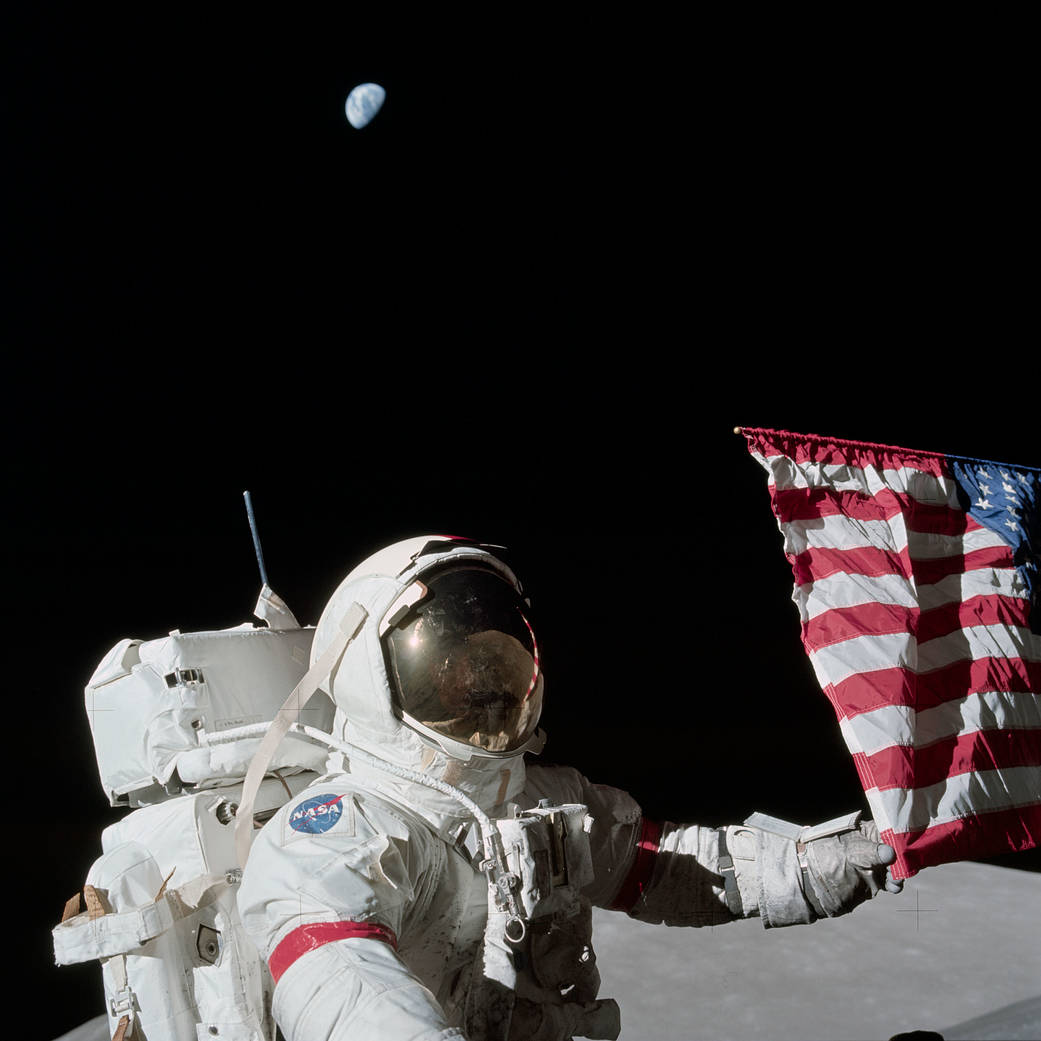
The above pic was taken with 60 mm lens which is a medium zoom so the Earth in this pic appears larger than it would appear in reality, and it already seems a bit small in that pic. It is probably magnified 2-3x in the pic.

If you compare that to the view of the moon, which is a quarter the size, from Earth, it just seems too small to me.
edit on 5-5-2017 by PlasticDreams because: (no reason given)

Another thing that is weird about this pic is the curvature of the lunar surface. Is the moon a sphere with a circumference of 30 meter or is this one of them fisheye lenses that only affect the surface and not the rest of the pic?
It is not a hill either.
edit on 5-5-2017 by PlasticDreams because: (no reason given)
a reply to: Soylent Green Is People
Why? 30 mm still provides more zoom than human eyes. I don't get it, sometimes the moon is very small and distant and I can't see the "geography" on it and sometimes it seems very close and big and I can see very clear detail.
This is obviousy not caused by an illusion and the moons orbital motions cannot account for this huge difference since even with a supermoon the increase in apparent diameter is only 14% according to science.
To the person who took this image, the moon probably looked a lot bigger in person than it did in the image.
Why? 30 mm still provides more zoom than human eyes. I don't get it, sometimes the moon is very small and distant and I can't see the "geography" on it and sometimes it seems very close and big and I can see very clear detail.
This is obviousy not caused by an illusion and the moons orbital motions cannot account for this huge difference since even with a supermoon the increase in apparent diameter is only 14% according to science.
edit on 5-5-2017 by PlasticDreams because: (no reason given)
a reply to: PlasticDreams
It is a hill, it's the south massif of Taurus-Littrow. See the photo from Stellarium I posted earlier that uses Apollo 17 imagery, and this one taken just before it:
www.lpi.usra.edu...
It is a hill, it's the south massif of Taurus-Littrow. See the photo from Stellarium I posted earlier that uses Apollo 17 imagery, and this one taken just before it:
www.lpi.usra.edu...
a reply to: OneBigMonkeyToo
Hmm, I checked the background of other pics with the flag and saw no hill, was I looking at the wrong Apollo mission?
Hmm, I checked the background of other pics with the flag and saw no hill, was I looking at the wrong Apollo mission?
edit on 5-5-2017 by PlasticDreams because: (no reason given)
a reply to: PlasticDreams
Don't know which photos you checked but these are high res scans of the the Apollo 17 magazine containing the image
www.flickr.com...
Don't know which photos you checked but these are high res scans of the the Apollo 17 magazine containing the image
www.flickr.com...
originally posted by: OneBigMonkeyToo
a reply to: PlasticDreams
It is a hill, it's the south massif of Taurus-Littrow.
"Hill". Yeah. It's 2,000 meters high.
originally posted by: Soylent Green Is People
So why can I, at some times view the moon and see all the beautiful detail, with the naked eye, like in the 3rd pic, taken with a magnifying lens.
And what do you reckon the focal length is of the lens used for this pic?
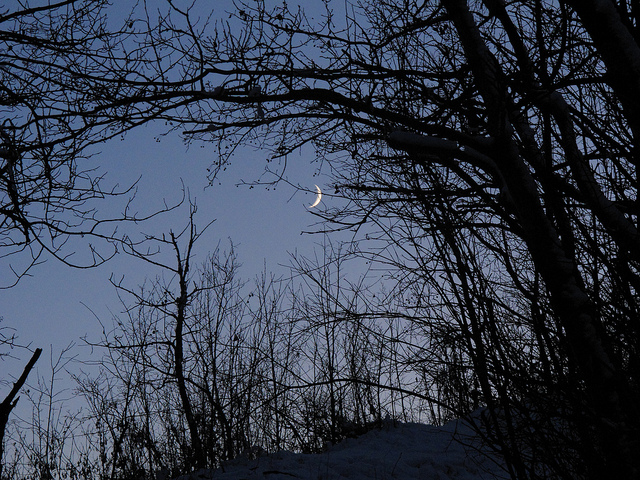
Here is an taken with a normal consumer camera (or camera-phone) with standard "non-telephoto" settings:
The next one uses a longer focal length tos zoomed in a little closer:
This one is zoomed in a little closer:
And this one used an even longer focal length to zoome even closer:
So why can I, at some times view the moon and see all the beautiful detail, with the naked eye, like in the 3rd pic, taken with a magnifying lens.
And what do you reckon the focal length is of the lens used for this pic?

edit on 5-5-2017 by PlasticDreams because: (no reason given)
originally posted by: PlasticDreams
a reply to: Soylent Green Is People
To the person who took this image, the moon probably looked a lot bigger in person than it did in the image.
Why? 30 mm still provides more zoom than human eyes.
First of all, it is a fact that the Moon appears smaller in a photo I take with my mobile phone than I think it should look -- i.e., it seemed bigger in person than in the photo. I'm sure I'm not the only person who notices that illusion about pictures taken with a standard camera and lens.
I think that is at least partially due to our eyes being able to "see" a wide angle scene, but our brains really concentrate on the center of the scene more than the periphery. The camera, on the other hand, picks up the entire scene in front of me under the same "level of perception" -- because the camera generally perceives the periphery of the image it is taking the same way it perceives the center of that image, and presents the entire scene in a single homogenously-perceived image.
I don't get it, sometimes the moon is very small and distant and I can't see the "geography" on it and sometimes it seems very close and big and I can see very clear detail.
I think the size issue and the "see every detail" issue are two different things.
When the Moon looks huge on the horizon but looks smaller when it is high in the sky, that is due mostly to optical illusions. There is still some question as to exactly what illusion is the cause, but you yourself can verify that it is ONLY and illusion (and that the Moon is not actually larger on the horizon than it is in the sky) with a simple experiment: the next time the Moon looks huge on the horizon, take a ruler or measuring stick and hold it at arm's length in front of you and measure the apparent diameter of the moon. Second, wait a few hours until the Moon is more over your head (and probably looing smaller), and measure it again using the same technique....
...You will discover that the two measurements will be the same. That is, the Moon on the horizon looking larger was only due to an optical illusion.
One possible explanation for this illusion that people have suggested is the way our brains try to gauge the distance of things. Our brains take clues from the rest of the scene it is observing trying to determine how far away something is. It has been suggested that the brain sometimes thinks the Moon must be closer than it is given the other visual clues around it, and thus make us perceive it as larger.
Such as the images below. The Moon is the same size in both images.
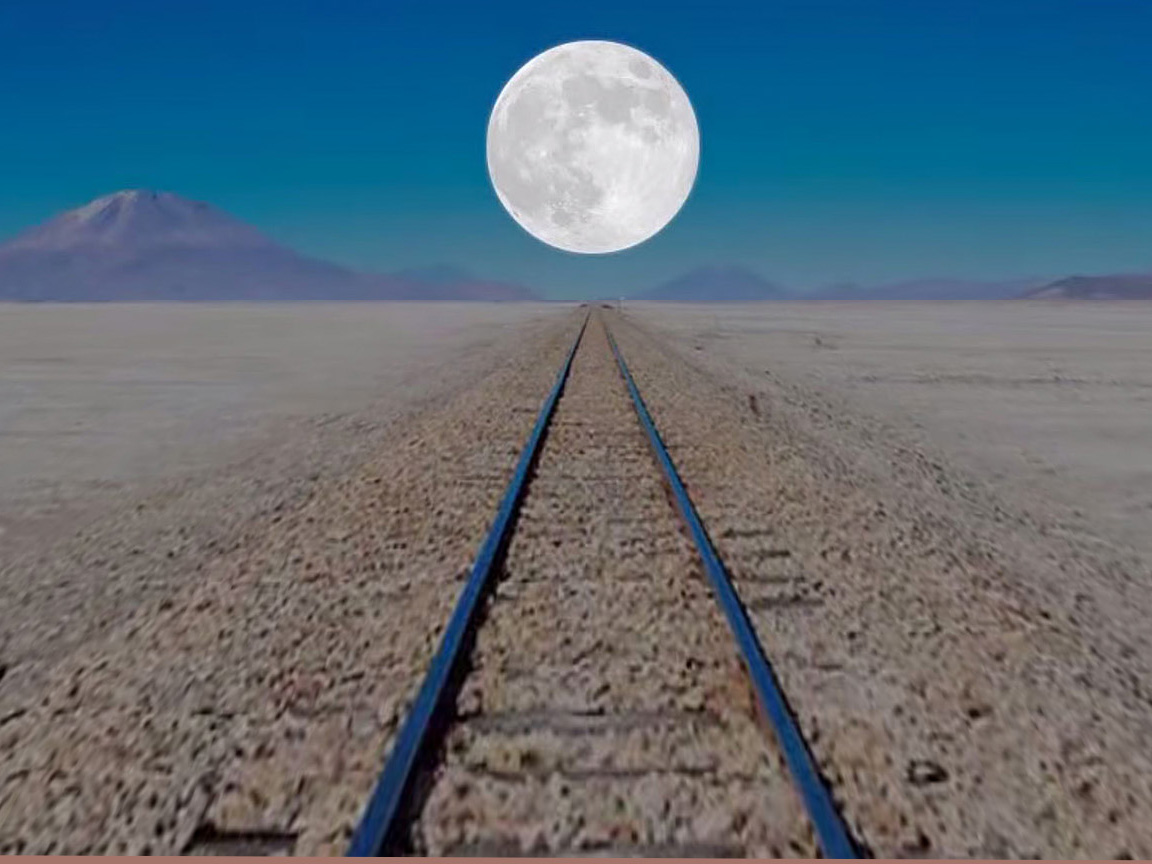
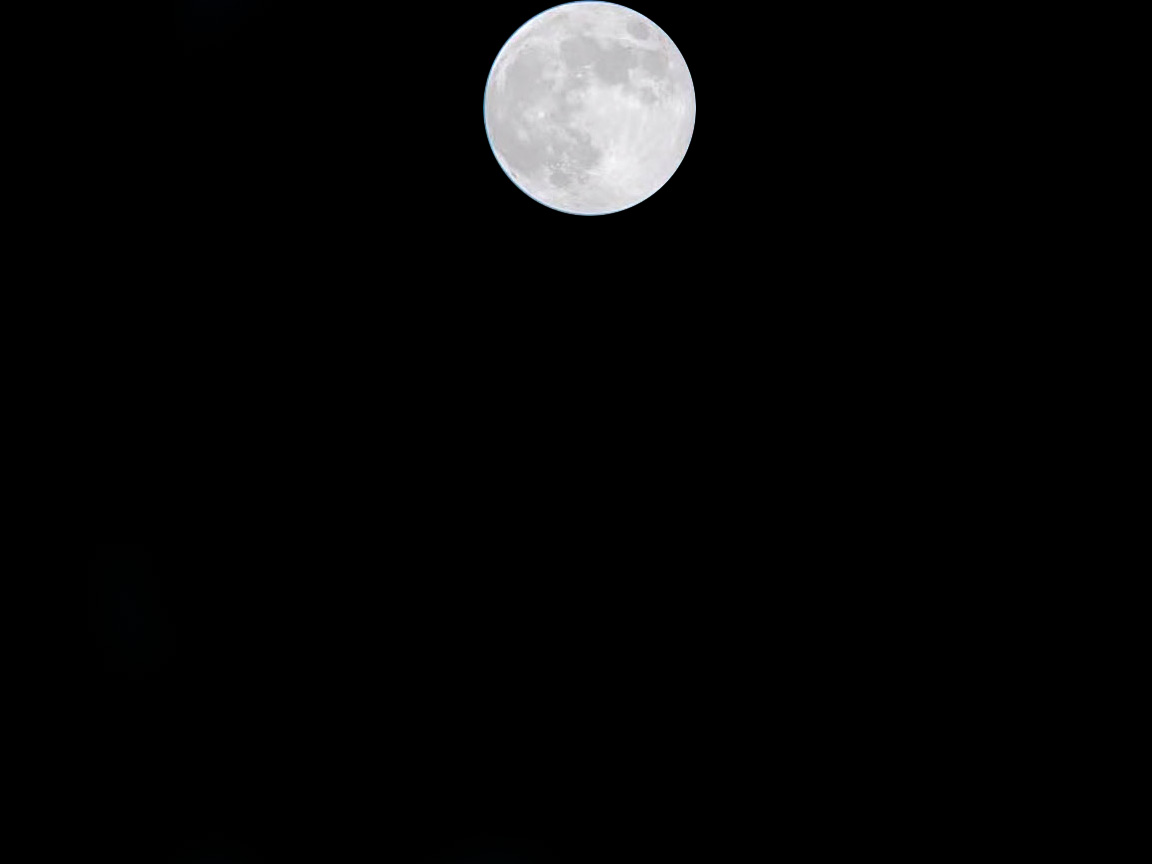
Or maybe it also has something to do with how our brain perceives relative sizes of objects, and our brains are gauging the size of the moon relative to the objects near the horizon. The Ebbinghaus Illusion (below) is an example of this relative size illusion. In the below graphic, the orange circles are the exact same size:
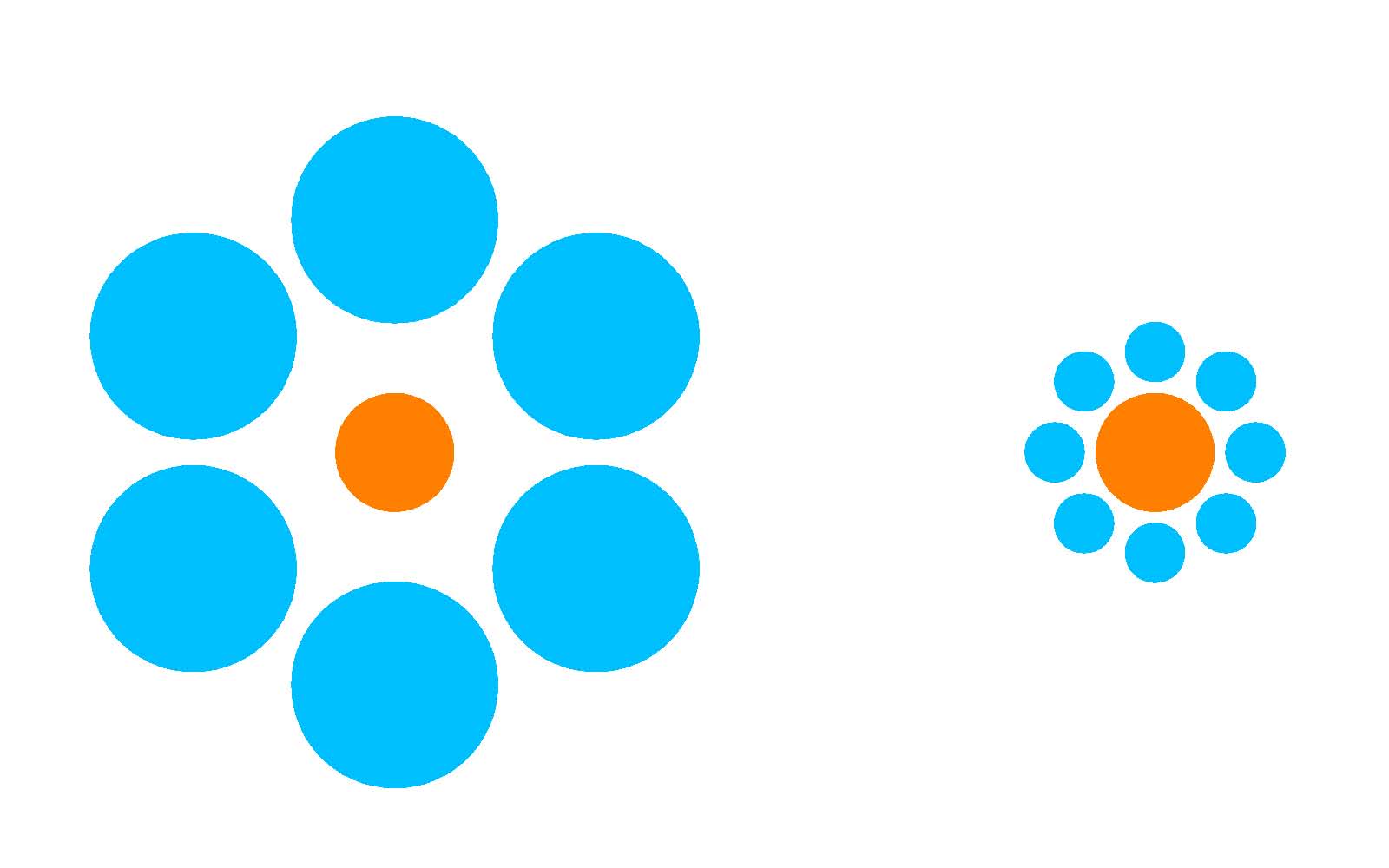
As for being able to see more detail sometimes than other times, I think that is due to the contrast between the apparent brightness of the moon and the brightness (or darkness) of the sky. When the Moon is seen against a dusk sky, the contrast between the Moon and the sky is less, so our eyes (being accustomed to the relative brightness of the dusk sky) can see details on the Moon better.
However, when the sky is black, our eyes have a tougher time adjusting to the greater contrast between the dark sky and the bright Moon -- even if the Moon was just as bright as it was in the dusk sky.
Well, as I said above, I think some of it (the apparent large size in the horizon) is an illusion, but some of it could be the contrast/brightness.
This is obviousy not caused by an illusion and the moons orbital motions cannot account for this huge difference since even with a supermoon the increase in apparent diameter is only 14% according to science.
I wouldn't say it "obviously is not an illusion".
edit on 5/5/2017 by Soylent Green Is People because: (no reason given)
edit on 5/5/2017 by Soylent Green Is People because:
(no reason given)
new topics
-
Chris Christie Wishes Death Upon Trump and Ramaswamy
Politicians & People: 4 minutes ago -
University of Texas Instantly Shuts Down Anti Israel Protests
Education and Media: 2 hours ago -
Any one suspicious of fever promotions events, major investor Goldman Sachs card only.
The Gray Area: 4 hours ago -
God's Righteousness is Greater than Our Wrath
Religion, Faith, And Theology: 8 hours ago -
Electrical tricks for saving money
Education and Media: 11 hours ago
top topics
-
VP's Secret Service agent brawls with other agents at Andrews
Mainstream News: 13 hours ago, 10 flags -
Cats Used as Live Bait to Train Ferocious Pitbulls in Illegal NYC Dogfighting
Social Issues and Civil Unrest: 17 hours ago, 8 flags -
Nearly 70% Of Americans Want Talks To End War In Ukraine
Political Issues: 14 hours ago, 5 flags -
Electrical tricks for saving money
Education and Media: 11 hours ago, 4 flags -
Sunak spinning the sickness figures
Other Current Events: 13 hours ago, 4 flags -
Late Night with the Devil - a really good unusual modern horror film.
Movies: 15 hours ago, 2 flags -
Any one suspicious of fever promotions events, major investor Goldman Sachs card only.
The Gray Area: 4 hours ago, 2 flags -
University of Texas Instantly Shuts Down Anti Israel Protests
Education and Media: 2 hours ago, 1 flags -
God's Righteousness is Greater than Our Wrath
Religion, Faith, And Theology: 8 hours ago, 0 flags -
Chris Christie Wishes Death Upon Trump and Ramaswamy
Politicians & People: 4 minutes ago, 0 flags
active topics
-
Nearly 70% Of Americans Want Talks To End War In Ukraine
Political Issues • 54 • : andy06shake -
University of Texas Instantly Shuts Down Anti Israel Protests
Education and Media • 10 • : RazorV66 -
Chris Christie Wishes Death Upon Trump and Ramaswamy
Politicians & People • 0 • : FlyersFan -
Electrical tricks for saving money
Education and Media • 6 • : lordcomac -
Scientists Say Even Insects May Be Sentient
Science & Technology • 57 • : FlyersFan -
Sunak spinning the sickness figures
Other Current Events • 16 • : Freeborn -
President BIDEN Vows to Make Americans Pay More Federal Taxes in 2025 - Political Suicide.
2024 Elections • 139 • : xuenchen -
Should Biden Replace Harris With AOC On the 2024 Democrat Ticket?
2024 Elections • 50 • : YourFaceAgain -
New whistleblower Jason Sands speaks on Twitter Spaces last night.
Aliens and UFOs • 57 • : baablacksheep1 -
HORRIBLE !! Russian Soldier Drinking Own Urine To Survive In Battle
World War Three • 39 • : crayzeed


